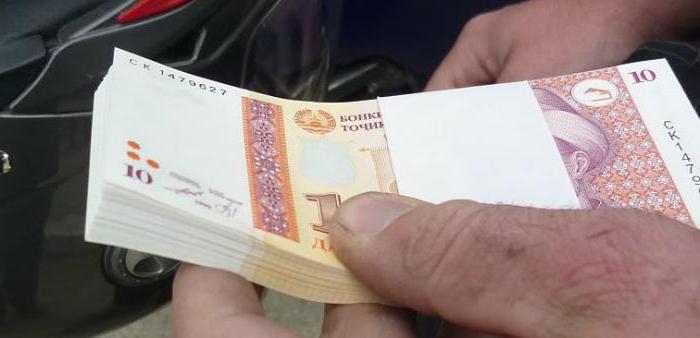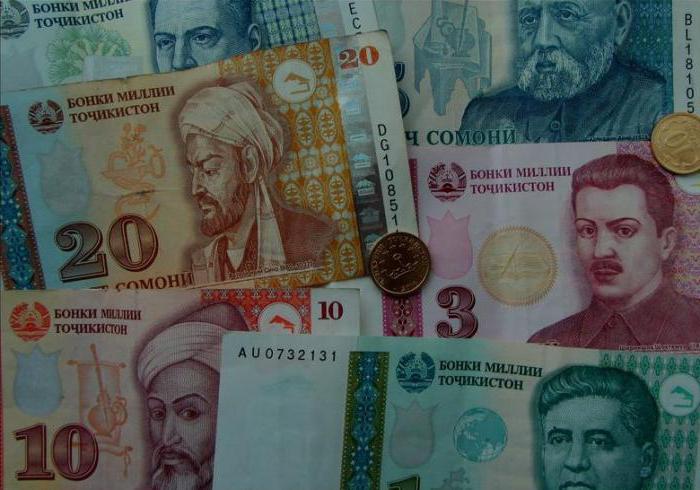The national currency of the Central Asian state under consideration, which was part of the USSR, for a long time was the ruble. But after the collapse of the Union, the Republic of Tajikistan began its history. She currently has her money. What currency of Tajikistan is in circulation today, what is its history and predecessors? What is the modern course for Russian and American money? This article will tell about all this.
The currency of Tajikistan and its diversity

Somoni is the official currency in the republic today. The name comes from Ismail Samani, who became the founder of the Tajik state. Banknotes at the end of October 2000 were put into circulation. The currency of Tajikistan is represented by coins, dirams and banknotes of somoni. In the international coding, it has the designation TJS and code number 972. In the Tajik language, money sounds like a pool, and the currency is called asor.
Achaemenid gold dariki are considered the most ancient coins found in the territory of Tajikistan. Coins were discovered during excavations in 1878 and belong to the VI and V centuries BC.
Coins of modern Tajikistan are called dirams in honor of the currency that existed in 875–999 in the modern territory of Tajikistan.

Banknotes of the period of the USSR
After the republic was formed in 1924, in Tajikistan, as in other USSR countries, the ruble was the official currency. After the collapse of the Union, the republic could not introduce its currency for a long time, as the country was involved in armed intra-ethnic and inter-clan conflicts. Therefore, the ruble remained in motion for a long time. In neighboring republics, Soviet banknotes were withdrawn from circulation, but they were in full swing used in Tajik stores. Absolutely all was bought up. And, as a result, terrible inflation began. Finally, the government decides to introduce its own currency - the Tajik ruble. It was in use from May 10, 1995 until the end of October 2000. This gave an impetus to the country's economy. She slowly went up. Banknotes of this period were printed in Russia, were of poor quality and were heavily faked. Therefore, they began to print in Germany since 1999.
Modern monetary unit
Today, the currency of Tajikistan is banknotes with the image of famous figures of the state, both the modern period and the historical.

They also depict historical and architectural monuments of the country, household items and applied art. In Tajikistan, banknotes of 5, 1, 10 and 20 somoni are in use, and recently issued - three, two hundred and five hundred somoni with additional holographic protection. Completely new banknotes in 50, 20 and 100 somoni have a fundamentally new security system: the last digits of the series are printed in a cinemagram (a holographic type image that has the illusion of movement if you change the angle of view regarding the object in question.)
The monetary rate of the Republic of Tajikistan
The stability of the modern currency of the republic today is very dependent on the Russian economy. More than half of the country's able-bodied population is employed in the Russian Federation and regularly supports the economy of their country by sending earned currency.
Today, the somoni rate to the ruble is 10 to 82. As for the US currency, approximately 8 Tajik currency units can be bought for $ 1. The government of the country, in order to protect citizens, is still holding back the somoni, which contradicts the laws of money and the global economy.
Special Occasion Money
In addition to coins and basic notes, the Central Bank of the country issues jubilee coins. They are issued in denominations of 100, 50 and 200 somoni from gold and in denominations of 3, 1, 100, 5, 500 and 502 somoni from silver.There are bimetallic coins in circulation. For the anniversaries of the capital and the main law of the state, four gold coins were put into circulation.
